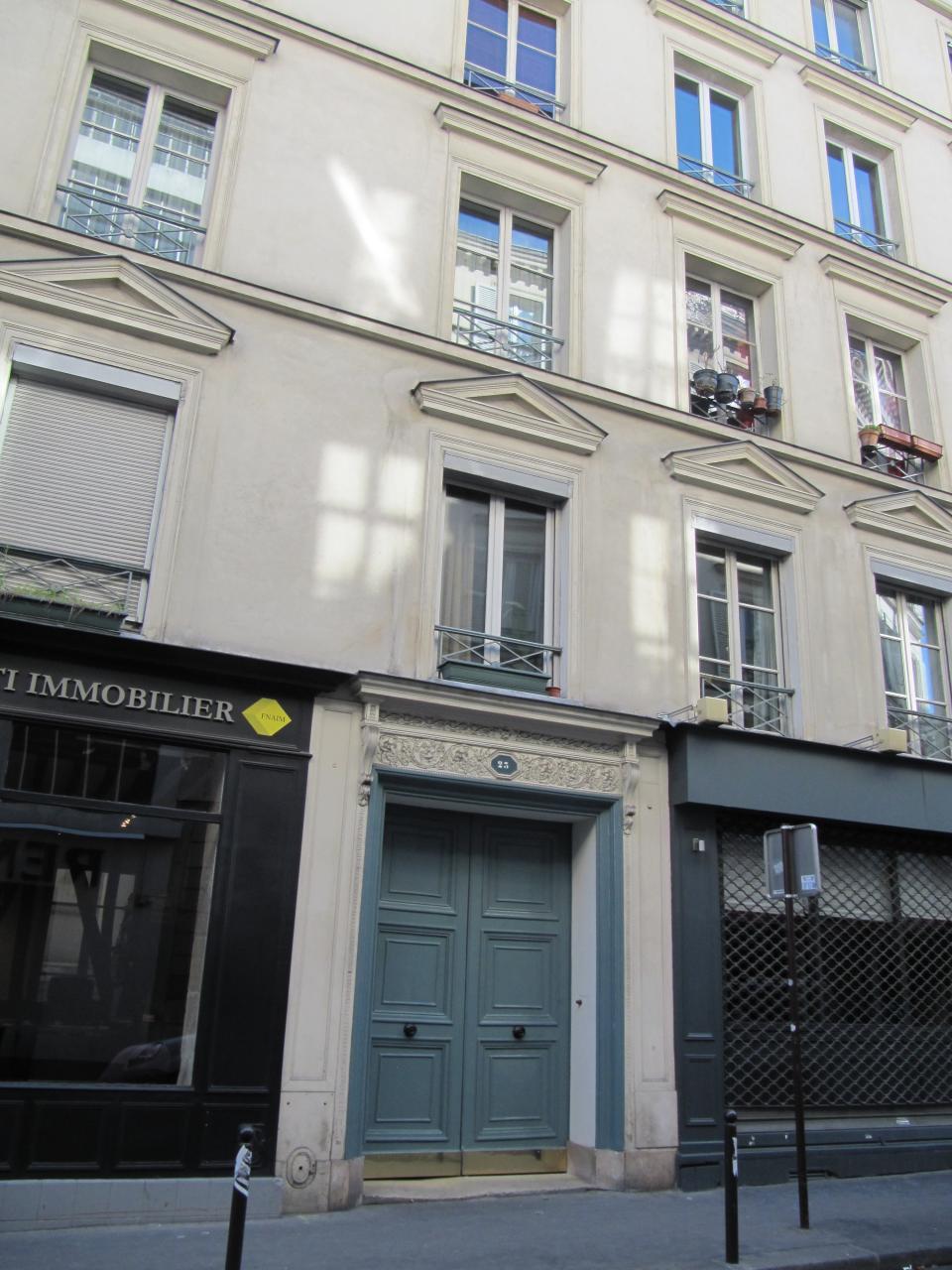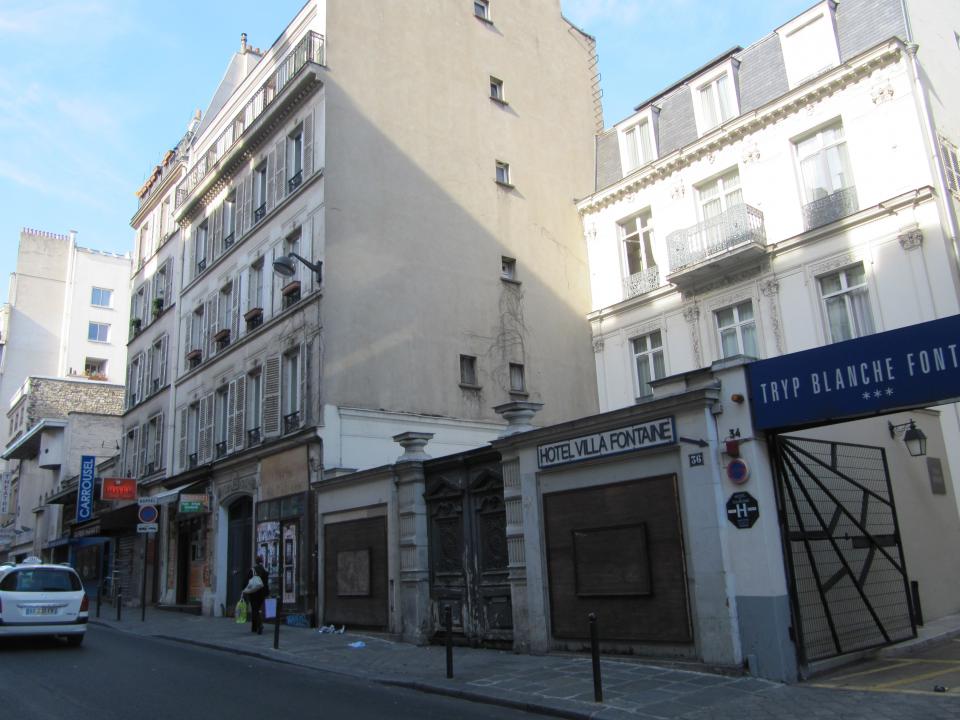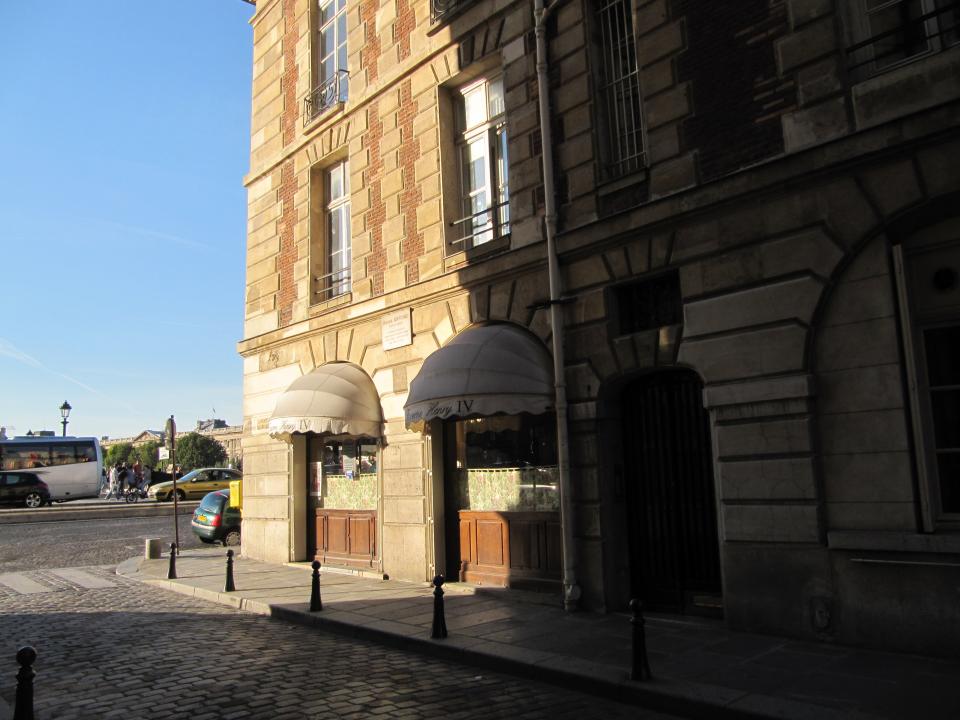Works by this Artist
Factory Near PontoiseCamille Pissarro, 1873
Background
bourgeois, child of shopkeepers
Studies
largely self-taught; with Fritz Melbye; Ecole des Beaux-Arts (1856, Paris); Académie Suisse (1859, Paris)
Career
Travels: Venezuela (1854); London (1870); Belgium (1894)
1854 – settles in Caracas with Fritz Melbye
1855 – settles in Paris; shares studio with Melbye and David Jacobsen
1859 – meets Paul Cézanne, Claude Monet, and Armand Guillaumin; begins submitting paintings to Paris Salon; moves to Louveciennes
1863 – joins Société des Aquafortistes (Society of Etchers)
1870 –Salon juries begin rejecting submissions
1874 – helps organize First Impressionist exhibition; participates in all eight Impressionist exhibitions (1874-86)
1880s – produces prints with Edgar Degas; meets Paul Signac and Georges Seurat, style begins to show Neo-Impressionist influence; exhibits with Les XX (Brussels)
Travels
Venezuela (1854); London (1870); Belgium (1894)
Dealers and Collectors
Paul Durand-Ruel, Georges Petit, Goupil-Boussod & Valadon, Antonin Personnaz, Dr. Georges Viau, Etienne Moreau-Nelaton
Important Artworks
Hoar Frost, the old Road to Ennery, Pontoise, 1873 (Musée d’Orsay, Paris)
The Bell Tower of Bazincourt, 1885 (St Louis Art Museum)
Washerwoman at Eragny, 1893 (Metropolitan Museum of Art, New York)
Boulevard Montmartre, Paris, 1897 (National Gallery of Victoria, Melbourne)
Rachael Ziady DeLue comments on the lack of research on Pissarro’s relationship to Emile Zola:
“The relation between [Emile] Zola and Pissarro has been remarked in several major studies of the artist but has yet to be explored in depth. Zola dedicates large portions of his earliest review of the Salon to the artist, and what he has to say about him is nothing short of relevatory. Pissarro met Zola in 1863 through Cèzanne and attended the writer’s Thursday evening gatherings beginning in 1866. During those years, Pissarro, along with his soon-to-be Impressionist colleagues Monet and Sisley, made regular visits to Manet’s studio in the Batignolles as well as to that shared by Frédéric Bazille and Auguste Renoir, where he often encountered the critic. Zola’s writing on Pissarro is insightful, even inspired; as early as 1866, he understood what Pissarro wanted to do with his painting.”
Readings
DeLue, Rachael Ziady. “Pissarro, Landscape, Vision, and Tradition,” The Art Bulletin, vol. 80, no. 4 (December 1998): 718-36
Levitov, Karen. Camille Pissarro: Impressions of City and Country. Exhibition catalogue. New Haven, CT: Yale University Press, 2007
Pissarro, Camille. Camille Pissarro, Letters to his Son Lucien, John Rewald, ed. New York: Pantheon, 1943
Thomson, Richard. Camille Pissarro: Impressionism, Landscape and Rural Labor. London: Herbert Press, 1990
Ward, Martha. Pissarro, Neo-impressionism, and the Spaces of the Avant-Garde. Chicago, IL: University of Chicago Press, 1996
Images
In 1859 Pissarro lived in an apartment in this building at 38 bis rue Fontaine, Paris (9th arrondissement)


